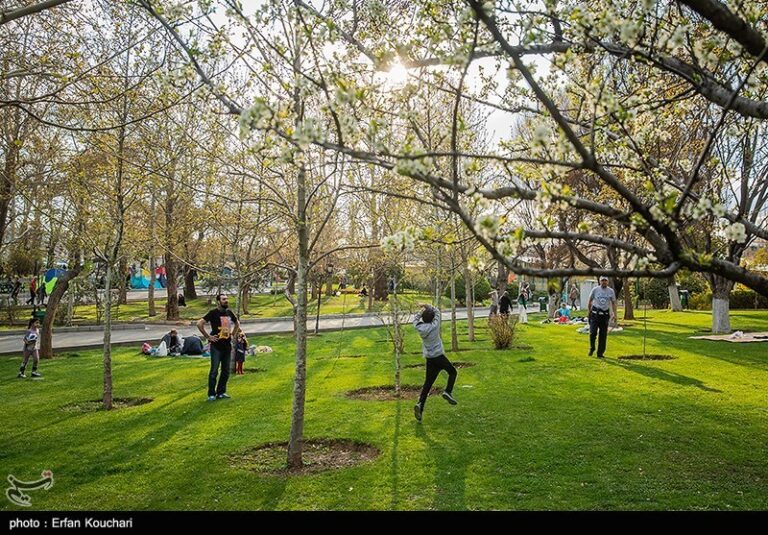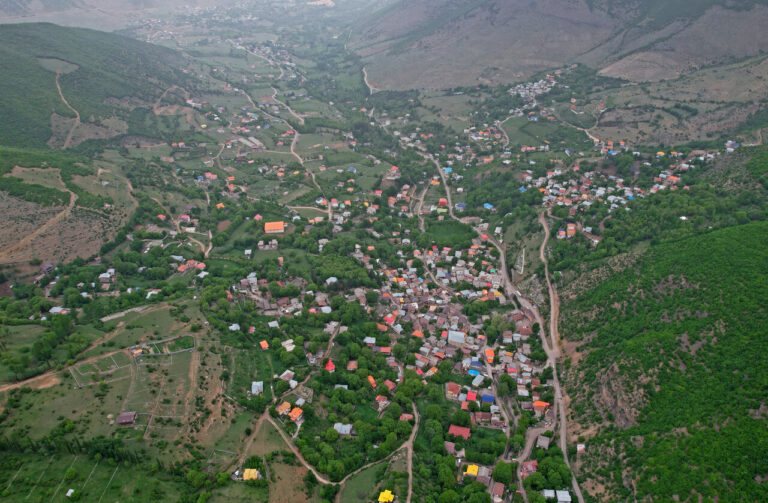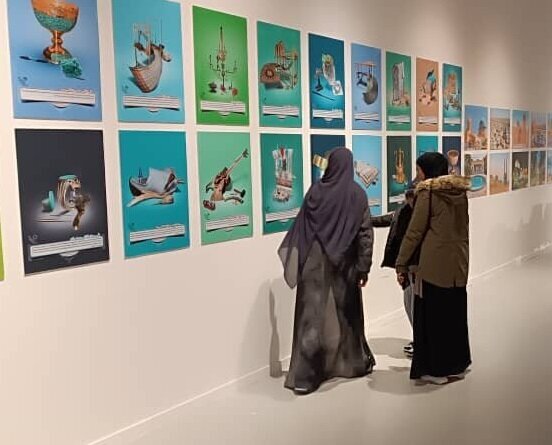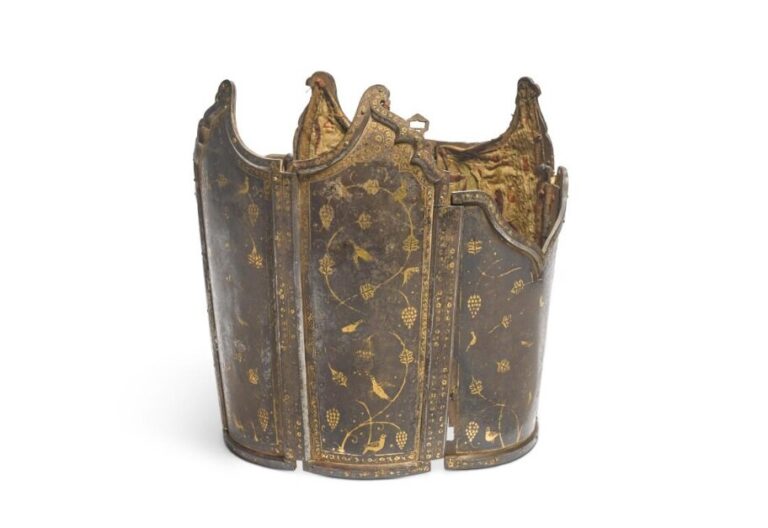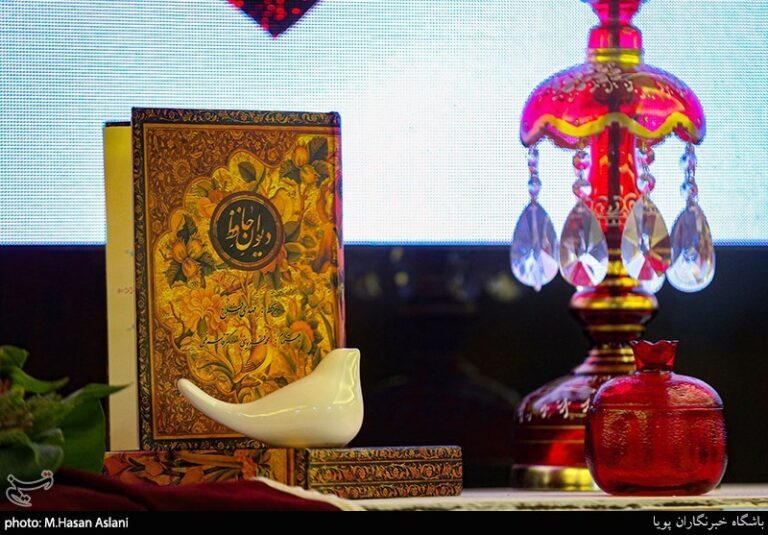Yazd Honored as Global Hub for Traditional Jewelry by World Crafts Council
The historic city of Yazd has recently achieved a prestigious honor by being designated as the world city of traditional and handcrafted jewelry by the World Crafts Council (WCC). This recognition not only highlights Yazd’s rich cultural heritage but also signifies a remarkable international achievement for Iran. Cultural Heritage, Tourism and Handicrafts Minister Seyyed Reza Salehi-Amiri expressed his congratulations to the nation, particularly the artisans of Yazd, emphasizing the profound link between Iran’s ancient traditions and contemporary creativity.
During a press conference, Salehi-Amiri stated, “This recognition is a clear testament to Yazd’s rich cultural and artistic potential and reflects the effectiveness of our ‘heritage diplomacy’ strategy, aimed at strengthening Iran’s cultural brand and social resilience.” This accolade follows a comprehensive evaluation process, which included a field visit from WCC experts earlier this year.
The evaluation process involved:
- On-site assessments conducted by WCC experts.
- Engagements with local craftspeople to understand their techniques.
- Exploration of Yazd’s capacity to meet global standards in traditional jewelry-making.
Salehi-Amiri further acknowledged the teamwork among the Yazd provincial government, private sector partners, and the local crafts community. He stated, “Their collaboration in building creative production and distribution networks played a vital role in achieving this global recognition,” highlighting it as “a successful model of harmonizing grassroots and governmental capabilities.”
Yazd’s journey toward international recognition is not new. In 2017, the city’s historic urban fabric was inscribed on the UNESCO World Heritage List, marking it as the first historic city in Iran to achieve such status. Salehi-Amiri noted this latest accolade as “a fresh step forward in Yazd’s journey toward global prominence and its firm place in the world’s cultural knowledge ecosystem.”
In addition to its recent achievements, the minister emphasized the significant role of handicrafts in shaping Iran’s creative economy. “Yazd’s traditional jewelry, with its deep roots, unique techniques, and authentic aesthetics, has the potential to redefine Iran’s role in the global, culture-driven economy,” he remarked.
The Art of Zargari in Yazd
The tradition of Zargari, or the art of jewelry making in Yazd, spans approximately 2,000 years, supported by credible historical evidence. This ancient craft has been preserved through generations, showcasing intricate techniques that make Yazdi jewelry distinct and nearly impossible to replicate. Some exquisite pieces, particularly those dating back 500 years, can only be found in Yazd.
Jewelry making is one of the most celebrated traditional arts of Yazd, recognized both within Iran and internationally as Yazdi Zargari. Unlike the common 18-karat gold produced elsewhere in Iran, Yazd’s traditional goldsmiths produce pieces with a remarkable fineness of 20 karats. This higher purity level significantly contributes to the esteemed reputation of Yazd’s traditional jewelry.
Evidence from the Parthian era, approximately 2,000 years ago, has revealed jewelry findings in the historic region of Mehriz, further affirming Yazd’s longstanding legacy in gold ornamentation.
Iconic Jewelry from Yazd
One of the most iconic pieces of jewelry from Yazd is the “Chin-Abi” chain, named for its unique manufacturing technique. This chain is notable for its extraordinary softness, designed to emulate the fluidity of water. Crafted from delicate golden filaments, rods, and 20-karat gold rings unique to Yazd, it is often combined with copper and silver alloys.
Other traditional chain-making techniques include:
- Hel Malileh Yazdi
- Toop Malileh Yazdi
- Hel va Gol-e Yazd
These time-honored craftsmanship techniques have been officially recognized and registered as part of Iran’s intangible cultural heritage, ensuring their preservation for future generations.
In conclusion, the designation of Yazd as the world city of traditional and handcrafted jewelry not only celebrates the city’s rich artistic legacy but also underscores the importance of preserving such invaluable cultural practices. As Yazd continues to shine on the global stage, its artisans and craftspeople remain dedicated to maintaining the authenticity and excellence that define Yazdi Zargari.

